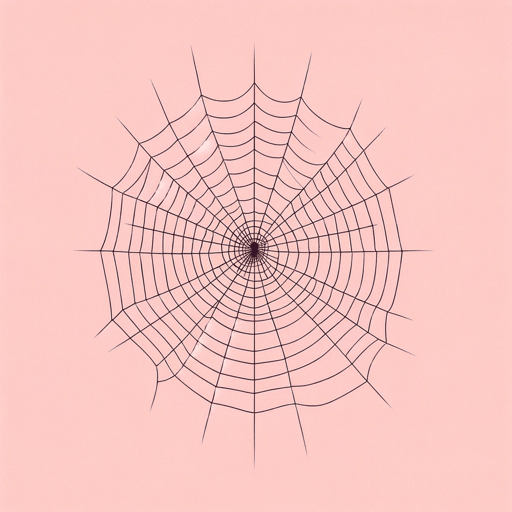19 pages • 38 minutes read
Mary HowittThe Spider And The Fly
Fiction | Poem | Middle Grade | Published in 2002A modern alternative to SparkNotes and CliffsNotes, SuperSummary offers high-quality Study Guides with detailed chapter summaries and analysis of major themes, characters, and more.
Poem Analysis
Analysis: “The Spider to the Fly”
“The Spider to the Fly” is written as a cautionary tale for its child readers, yet with themes that are also applicable to older audiences. Howitt’s subtitle calls it “A new Version of an old Story,” one that involves temptation and succumbing to poor choices. Howitt borrows from the architecture of a spider’s web and a spider’s feeding on prey. She creates a parable, or simple work that reveals a truth, of human seduction. As J. W. Searson and George E. Martin put it in 1913, “we follow the cunning invitation [. . .] of the spider, and the hesitancy and final yielding of the silly little fly, not as games insects might play, but as powerful forces at work in the great world of men and women” (See: Further Reading & Resources).
The narrative begins with Spider, later revealed to be male, inviting the “little Fly” (Line 5), who is later revealed to be female, to “walk into [his] parlour” (Line 1). Spider appeals to Fly’s love of attractive items as well as her curiosity. Spider notes that his room is “the prettiest [. . .] that ever you did see” (Line 2) and explains how his home contains “curious things” (Line 4) he will show her if she consents.

